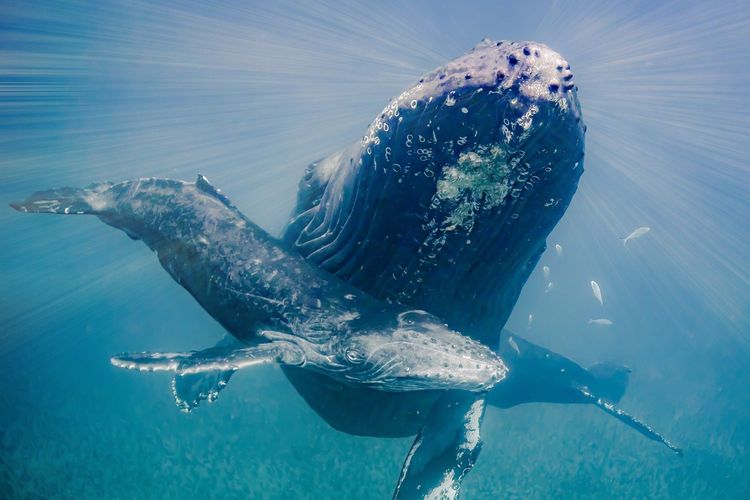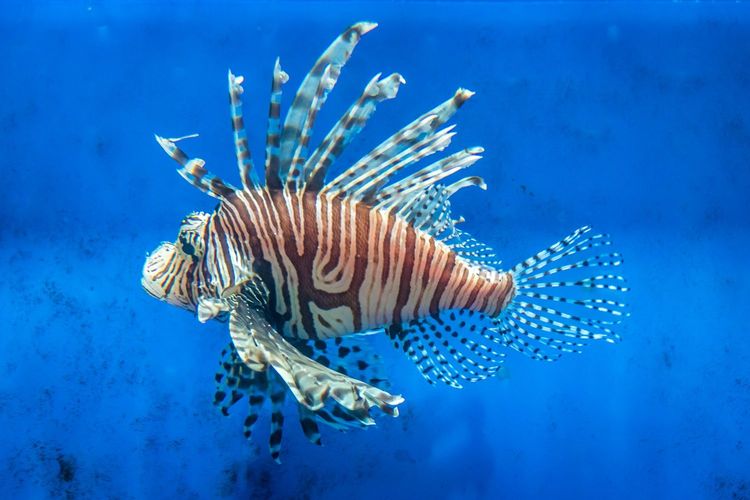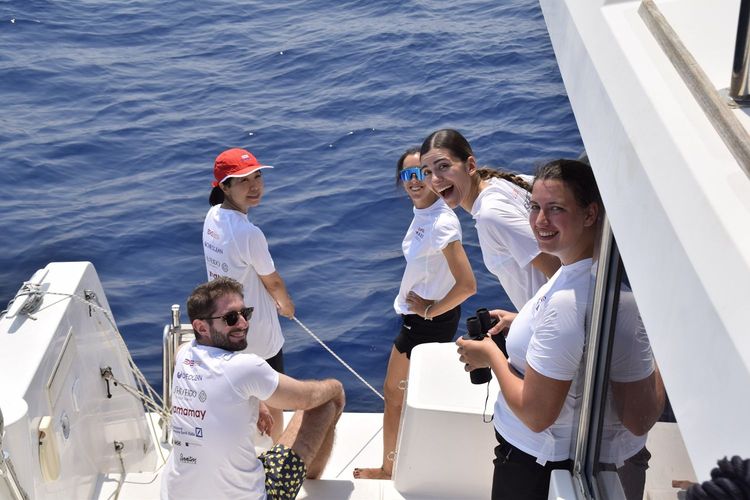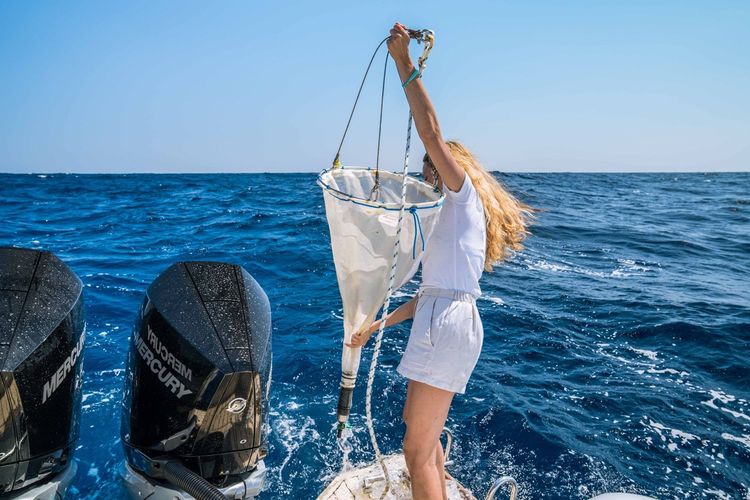
A historic milestone for the ocean
After years of intense negotiations and international advocacy, the High Seas Treaty has finally reached the 60 ratifications required to enter into force. Starting from 17 January 2026, the agreement will be legally binding, marking an epochal step forward in the history of ocean governance.
This is the first international instrument that sets clear, shared rules for the conservation of areas beyond national jurisdiction, which cover nearly two-thirds of the ocean and about half of the Earth’s surface.
What the treaty provides
At the heart of the treaty is the protection of marine biodiversity in the high seas - a reservoir of life and resources still largely unexplored, yet essential for the planet’s climate balance. Key measures include:
- the ability to establish marine protected areas in critical and vulnerable regions;
- mandatory environmental impact assessments for any human activity, from industrial fishing to deep-sea mining;
- stronger measures to counteract overfishing and regulate new forms of ocean exploitation;
- tools to ensure international cooperation and equitable sharing of knowledge and benefits from marine genetic resources, supporting also developing countries.
Why this is a global breakthrough
The ocean covers more than 70% of the planet, and for too long its international waters have been a kind of “wild west,” with little or no effective regulation. With this treaty, the international community finally has a common legal framework to balance conservation with sustainable use.
The High Seas Treaty is also instrumental in meeting global targets such as the Kunming-Montreal Global Biodiversity Framework, which calls for protecting at least 30% of the planet’s land and oceans by 2030 (the 30x30 target).
A victory for international cooperation
The ratification of the treaty is the result of a collective effort involving governments, scientists, NGOs, foundations, Indigenous Peoples and youth activists. It shows that multilateralism works when the world comes together for the common good.
As highlighted by the High Seas Alliance, this moment “is not the finish line, but just the beginning”: the real challenge will be to turn commitments into concrete action to safeguard the ocean’s health.
The next steps
Once the treaty enters into force, the Conference of the Parties (CoP) will be convened by the end of 2026 to define how to put its measures into practice. Some areas are already being considered as candidates for marine protected areas, such as the Sargasso Sea in the Atlantic, the Thermal Dome in the Pacific, and deep-sea ridge systems in the South Pacific.
The goal now is to reach universal ratification, ensuring that the protection of the high seas is truly global and leaves no gaps.


